Why You Should Wear Beanie: Fashion Meets Function This Season
Why Wear Beanie?
Have you ever stopped to think why the beanie has become such a beloved accessory across the globe? This snug, sometimes simple-looking hat has transformed from a practical winter necessity into a powerful style statement. Whether you’re battling the cold, trying to cover up a bad hair day, or just wanting to add a dash of cool to your outfit, the beanie fits all those needs and more. It’s one of those rare items that’s equally practical and fashionable, no matter your age, gender, or style preference.
But what exactly makes wearing a beanie so appealing? Why do people of all walks of life reach for this knit cap as their go-to accessory? From fashion-forward individuals to brands looking to Choose Right Clothing Vendor or explore premium Cut and Sew Manufacturer Services, the beanie remains a staple that reflects both individuality and craftsmanship. In this deep dive, we’ll explore everything you need to know about wearing a beanie—from its history and styles to how you can incorporate it into your daily wardrobe with flair. Ready to become a beanie pro? Let’s go!
History and Origins of the Beanie
Believe it or not, the beanie isn’t just a modern fashion fad—it has a rich history spanning over a century. The term “beanie” itself originally referred to a small, round cap worn by workers and students in the early 1900s. These hats were practical, designed to keep heads warm during labor-intensive tasks or cold weather, particularly among sailors, farmers, and factory workers.
In the 1920s and 30s, the beanie became popular among college students in the United States, often as a symbol of school pride or fraternity membership. It was typically worn tightly fitted on the head, sometimes with a button on top. Later, the hat took a turn in the subculture scene, embraced by artists, musicians, and skaters from the 70s onward.
Fast forward to today, and the beanie has exploded in popularity across all demographics—fashion runways, streetwear, and everyday casual looks.Its adaptable nature and classic style establish it as an essential piece in any wardrobe.
Types of Beanies: Which One is Right for You?
If you thought a beanie is just “a hat,” think again. There are multiple types of beanies, each offering a distinct look and feel. Understanding these styles will help you pick the perfect beanie for your personality and needs.
Classic Cuffed Beanie
This is your traditional knit cap with a folded brim around the edge. The cuff can be adjusted by rolling it up or down based on the desired style or warmth. It’s great for everyday use and works well with almost any outfit.
Slouchy Beanie
Looser and longer than the cuffed variety, the slouchy beanie has that effortless, “I just threw this on” vibe. It’s perfect for a casual look and works best with relaxed or oversized clothing.
Fisherman Beanie
This style is shorter and fits snugly above the ears, usually sitting higher on the forehead. It’s popular in urban streetwear and offers a retro feel. The fisherman beanie is great for those who want a minimalistic, clean look.
Pom-Pom Beanie
Adding a bit of playful flair, pom-pom beanies feature a fluffy ball on top. They come in both classic and quirky colors and can be a fun winter accessory.
Thermal Beanie
Designed specifically for warmth, these beanies often have fleece lining or are made with technical fabrics to keep you warm in extreme cold.
Knowing these styles can help you decide which beanie suits your daily life, your fashion sense, or your functional needs.
Benefits of Wearing a Beanie
Why are beanies so popular? Beyond the obvious warmth factor, here are some key benefits that make beanies an all-around winner:
1. Keeps You Warm
This is the primary reason beanies were invented, and they still serve this function brilliantly. A beanie traps your body heat, especially around your head and ears, preventing heat loss and keeping you cozy during chilly weather.
2. Instantly Elevates Your Style
Beanies add a layer of coolness that’s hard to beat. Whether you’re throwing one on with jeans and a tee or pairing it with a chic jacket, a beanie can bring your whole look together effortlessly.
3. Hides Bad Hair Days
We’ve all had those mornings when our hair just doesn’t cooperate. A beanie is a lifesaver that can cover up a messy, unwashed, or frizzy head of hair while still looking fashionable.
4. Comfortable and Easy to Wear
Unlike hats with rigid brims or tight bands, beanies are soft, flexible, and conform to your head shape, providing comfort without pressure points.
5. Versatility
Beanies fit all seasons and occasions with the right style and material. Whether it’s summer, winter, a casual day, or a night out, there’s a beanie for every scenario.
How to Style a Beanie for Different Occasions
Styling a beanie is an art. You want to look intentional, not like you just threw something on. Here are some ways to wear your beanie to suit different settings:
Casual Day Out
Pair a slouchy or cuffed beanie with your favorite jeans, a cozy hoodie, and sneakers. It’s laid-back and perfect for running errands or meeting friends for coffee. This effortless style is as timeless as the question, Why Do People Wear Varsity Jackets—both pieces offer comfort and character while being rooted in cultural fashion.
Smart Casual
Go for a sleek, neutral-colored cuffed beanie paired with a wool coat, slim-fit pants, and leather boots. This combo keeps you warm while looking polished enough for casual work environments or brunch dates. Understanding how to dress for such settings is as essential as knowing How to Find Clothing Vendors when curating a reliable and stylish wardrobe.
Athleisure Look
Combine a sporty beanie with leggings, an oversized sweatshirt, and running shoes. This look is ideal for active days or lounging comfortably.
Night Out or Edgy Look
Wear a black fisherman beanie with a leather jacket, skinny jeans, and combat boots. This look screams cool with a hint of rebellion. Like styles explored in Men’s Polo Shirts – The Ultimate Guide, pairing pieces with intention is what defines a strong outfit.
Outdoor Adventure
Choose a thermal or fleece-lined beanie to stay warm while hiking, skiing, or camping. Pair it with functional outdoor gear to be both practical and stylish.
The key is to coordinate colors and textures so your beanie feels like a natural part of your outfit.
Beanie Materials: What’s Best for Comfort and Warmth?
Material choice can make or break your beanie experience. Here’s a closer look at common fabrics:
Wool
Natural wool is warm, breathable, and moisture-wicking. It’s perfect for cold climates but can sometimes be itchy if you have sensitive skin.
Acrylic
Synthetic and budget-friendly, acrylic mimics wool’s warmth but is softer and hypoallergenic. However, it’s less breathable.
Cotton
Lightweight and breathable, cotton is great for milder weather. Cotton beanies are comfortable and easy to wash.
Fleece-Lined
The fleece lining provides an additional level of coziness and warmth, ideal for chilly days.
Cashmere
Luxurious and soft, cashmere beanies provide warmth without bulk. They’re pricier but a worthy investment if you want style and comfort.
Choosing your beanie’s material depends on your climate, budget, and skin sensitivity.
Beanie and Seasonal Fashion: Winter to Summer
Beanies might scream winter, but they’re surprisingly adaptable for other seasons.
Winter
Chunky knit wool or fleece-lined beanies are your best friends in freezing temperatures. Pair them with layers and heavy coats.
Spring and Fall
Lighter wool or cotton blends work well here, offering some warmth without overheating.
Summer
Opt for ultra-light cotton or linen beanies, which add style without trapping too much heat. Perfect for cool evenings or breezy beach days.
This adaptability makes beanies a year-round accessory, not just a seasonal one.
Beanies for Different Hair Types and Styles
Beanies aren’t one-size-fits-all when it comes to hair. Here’s how to wear them with different hair types:
Curly Hair
Choose a slightly larger or slouchy beanie to avoid flattening your curls. Materials like cotton or soft acrylic reduce static and frizz.
Straight Hair
You can rock tighter fitting cuffed beanies or fisherman styles without worrying about volume loss.
Afro-textured Hair
Look for beanies with stretch and softness to accommodate volume without crushing your hair. Avoid overly tight beanies to prevent headaches.
Long Hair
Wear your hair loose under a beanie or try a low ponytail or braid to keep things neat.
Beanies can actually protect hair from weather damage, so they’re a win-win.
Beanie Trends: What’s Hot Right Now?
Fashion moves fast, but some beanie trends are dominating right now:
- Earth Tones & Pastels: Soft browns, greens, and blush shades that blend with natural palettes.
- Eco-Friendly Fabrics: Sustainable, organic cotton, recycled wool, and biodegradable yarns are gaining popularity.
- Chunky Knits: Oversized stitches for texture and warmth.
- Minimalism: Sleek, logo-free beanies in monochrome for a refined look.
- Bold Logos & Patches: Streetwear vibes with branded or customized patches.
These trends prove the beanie’s incredible flexibility—from high fashion to street style.
How to Choose the Perfect Beanie Size
Sizing matters! A beanie should fit snugly but comfortably.
- Calculate Your Head Size: Take a soft Use a measuring tape and place it around the widest part of your head. just above your ears.
- Check Size Charts: Brands vary, so consult their size guide before purchasing.
- Consider Stretch: Most beanies stretch, but some fabrics are more forgiving.
- Try It On: If you can, try before buying. It should feel secure but not tight enough to cause headaches.
Right sizing ensures you look good and feel comfortable all day.
Caring for Your Beanie: Cleaning and Maintenance Tips
Want your beanie to look fresh and last? Follow these Recommendations:
- Hand Washing is Recommended: Utilize cold water and a mild detergent to preserve the fibers’ integrity.
- Avoid the Dryer: Air dry flat to prevent shrinking and distortion.
- Spot Clean When Possible: For small stains, avoid full washing.
- Store Properly: Fold beanies to keep shape; avoid hanging which can stretch them out.
- Rotate Use: Don’t wear the same beanie daily to extend its life.
A little care goes a long way.
Beanies in Pop Culture and Celebrity Style
Beanies have been embraced by countless celebrities and cultural icons.
- Kurt Cobain: Made the slouchy beanie a grunge staple.
- Pharrell Williams: Known for rocking unique beanies with bold statements.
- Jennifer Aniston & Ryan Gosling: Seen sporting beanies casually in public.
- Streetwear Icons: Beanies are a huge part of hip-hop and skate culture.
Following these trends can inspire your own unique beanie style.
Beanies for Outdoor Activities: Hiking, Skiing, and More
For outdoor lovers, a beanie is a must-have:
- Hiking: Lightweight, moisture-wicking fabrics keep you warm without overheating.
- Skiing & Snowboarding: Thermal or fleece-lined beanies fit well under helmets.
- Camping: Easy to pack and provides warmth during chilly nights.
- Running: Breathable and snug, preventing heat loss without bulk.
Choosing the right beanie enhances your outdoor experience.
Beanies as a Statement Piece: Express Your Personality
Beyond function, beanies can showcase who you are:
- Color Choices: Bright colors can signal confidence, while neutrals suggest understated cool.
- Custom Patches & Pins: Personalize your beanie to reflect your hobbies or beliefs.
- Unique Patterns: Fair isle, stripes, or geometric designs add visual interest.
- Handmade or Artisan: Wearing a handcrafted beanie supports independent creators and makes your look unique.
Your beanie can be as loud or as subtle as you want.
Conclusion: Embrace the Beanie Lifestyle
So, why wear a beanie? Because it’s more than just a hat—it’s a statement of comfort, style, and identity. From protecting you against the cold to elevating your outfit with minimal effort, the beanie is an all-around winner. Whether you prefer the classic cuffed style or a trendy slouchy version, wearing a beanie lets you blend function with fashion seamlessly. It’s a small accessory that makes a big impact. So next time you step out, consider throwing on a beanie—it might just become your new favorite piece.
FAQs About Wearing Beanies
- Can I wear a beanie in summer?
- Yes! Lightweight, breathable cotton or linen beanies are perfect for cooler summer evenings or adding a stylish edge to your look without overheating.
- How do I prevent my hair from getting flat under a beanie?
- Choose a slightly loose fit, opt for softer materials like cotton, and try styling your hair with some volume before putting on the beanie.
- Are beanies suitable for formal occasions?
- Typically, beanies are casual, but a sleek, neutral-colored, fine-knit beanie can work for smart casual settings. Avoid for formal or black-tie events.
- How often should I wash my beanie?
- Washing once every 1-2 weeks if worn regularly is advisable. Always follow care instructions to keep the beanie’s shape and texture intact.
- Can beanies cause headaches?
- They can if they are too tight. Make sure to get the right size and material to avoid discomfort or headaches.


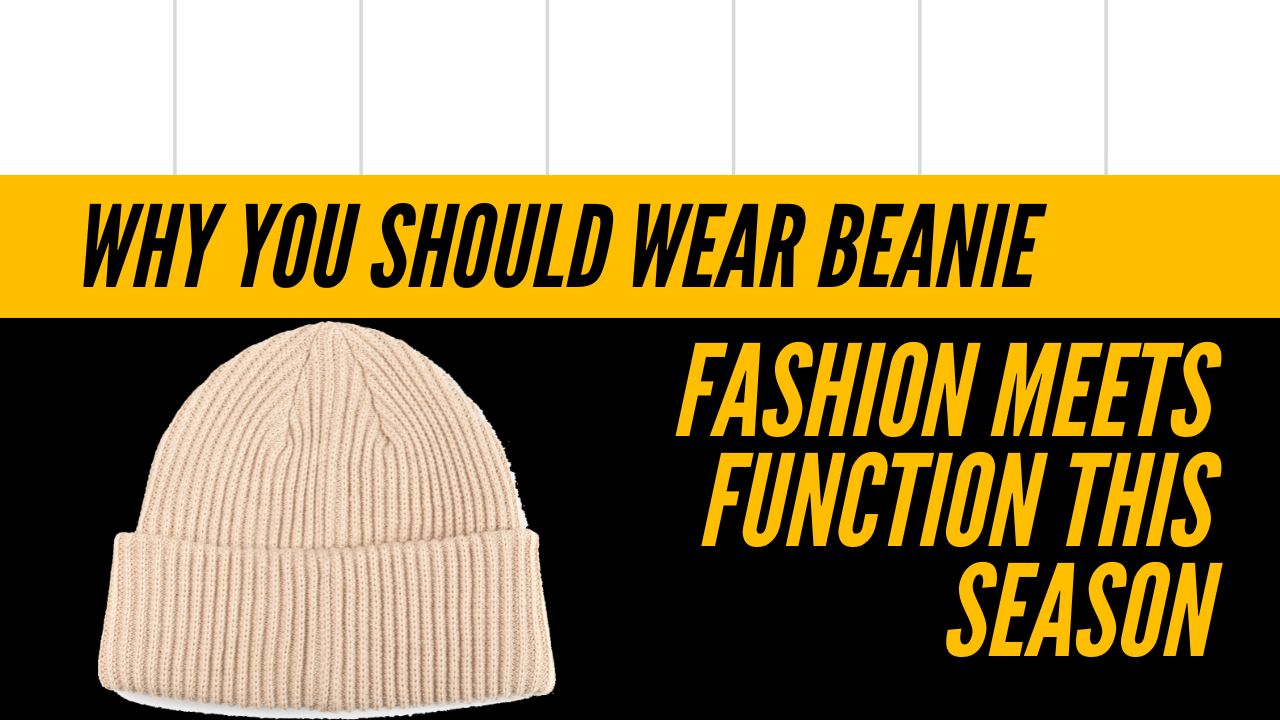
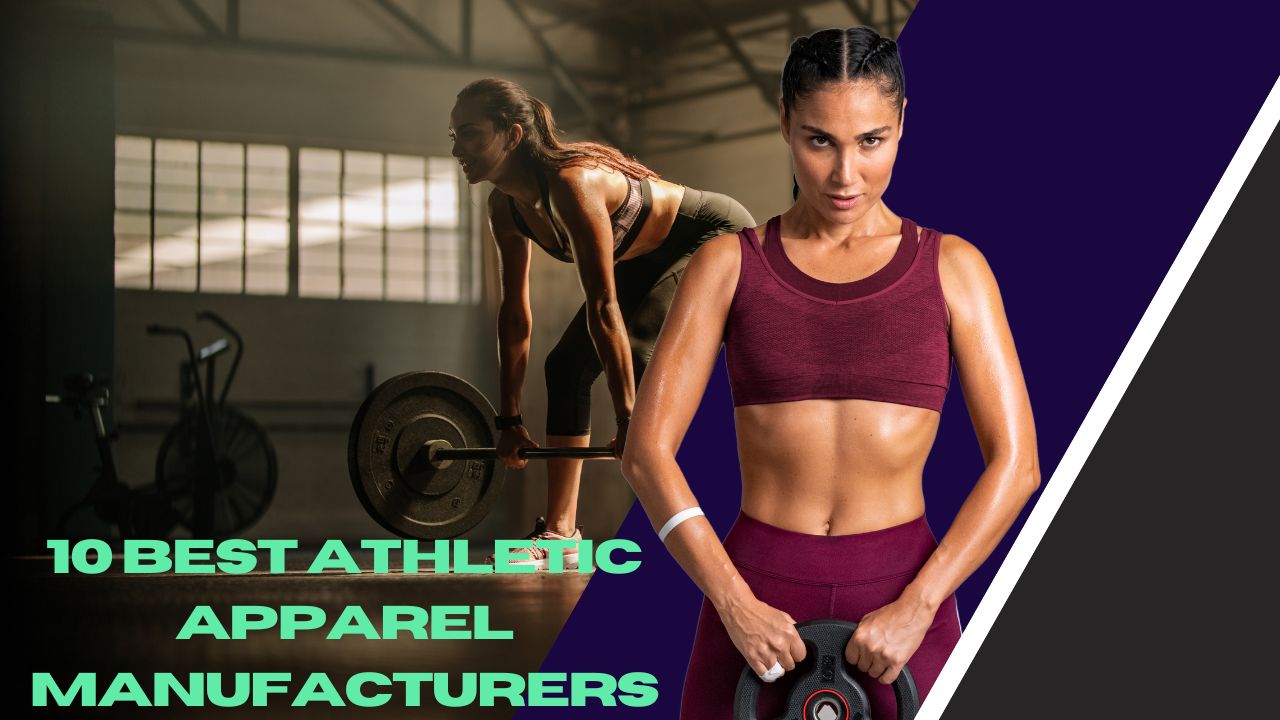
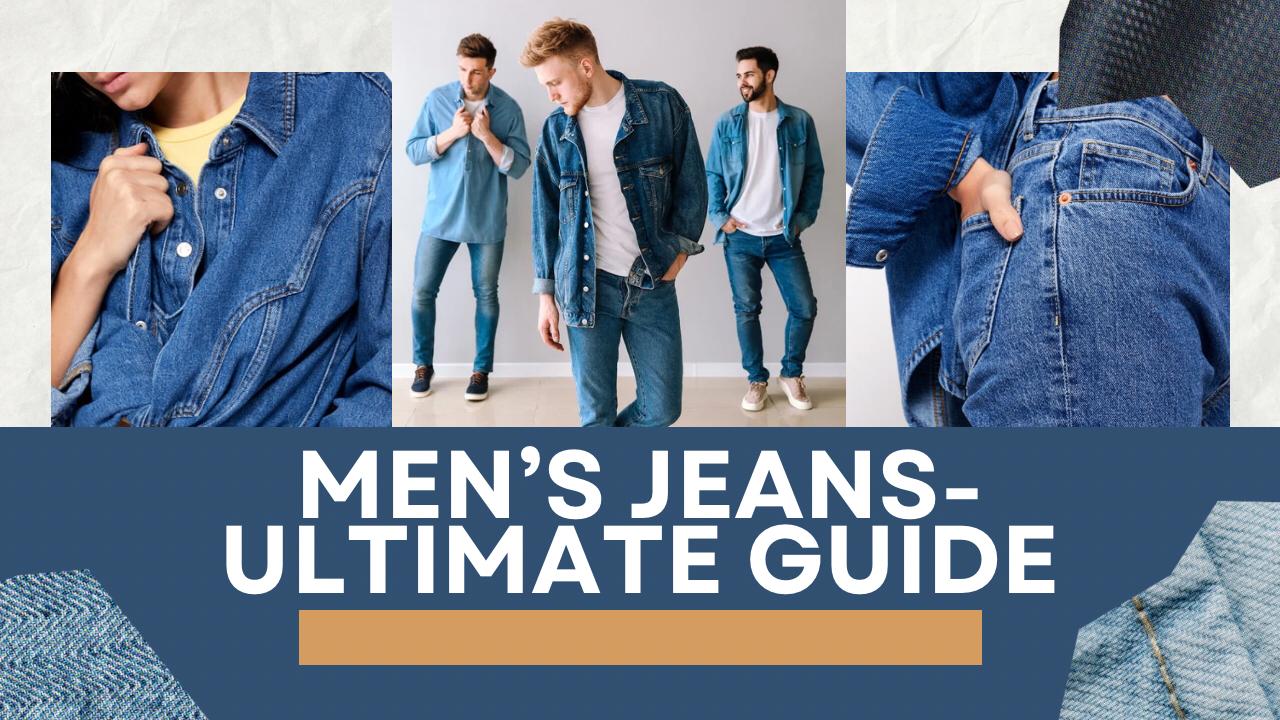
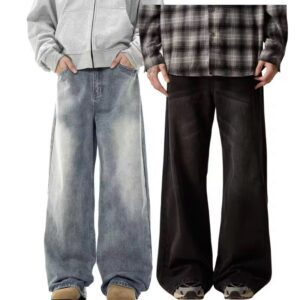

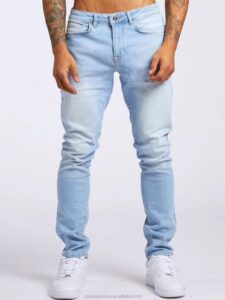


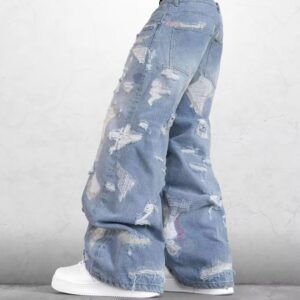
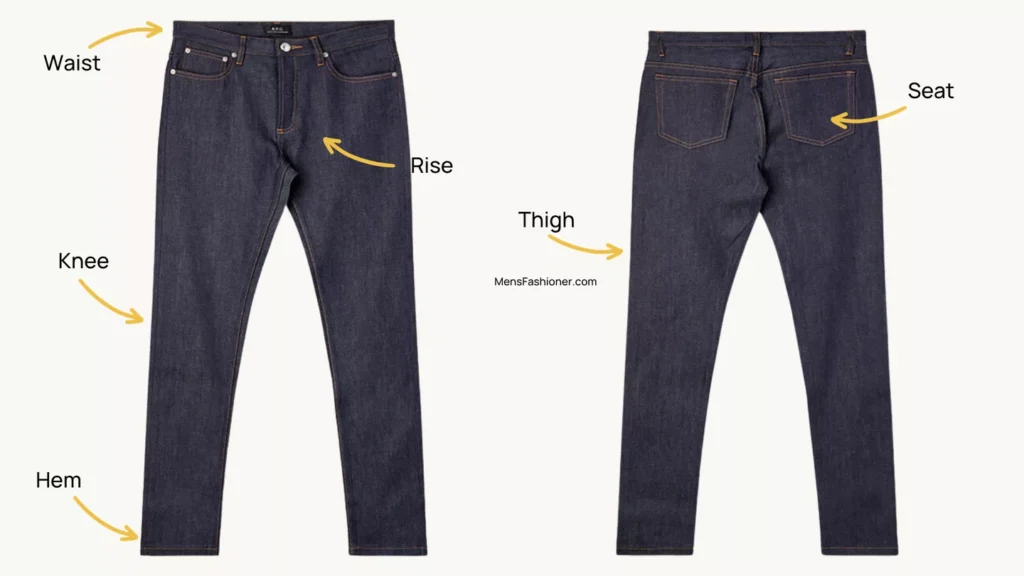

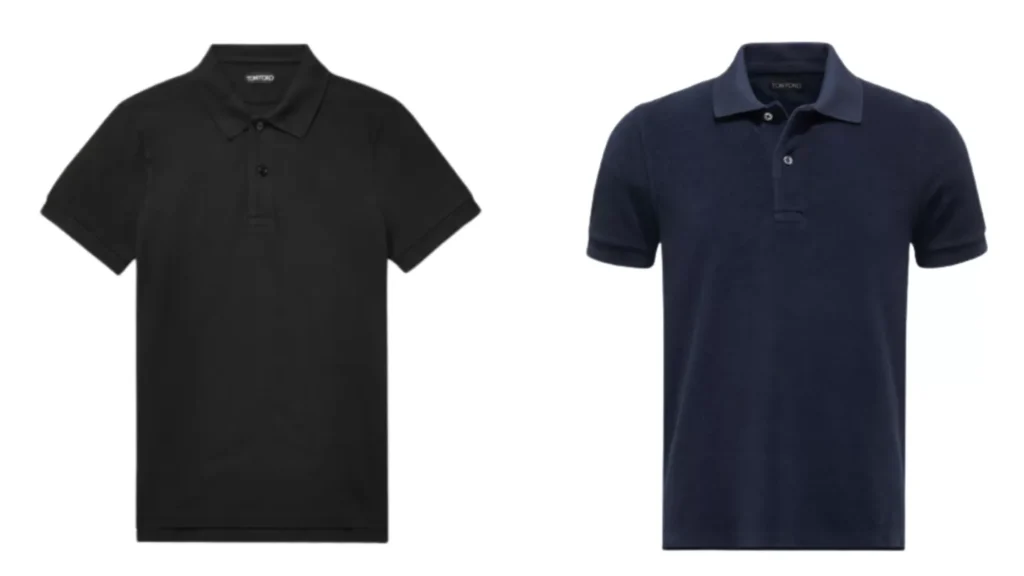
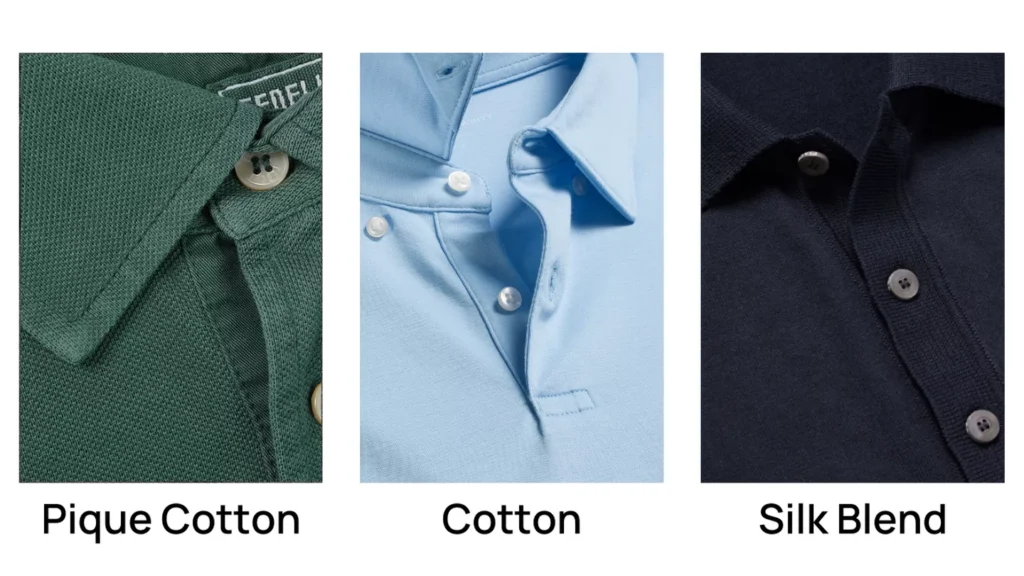


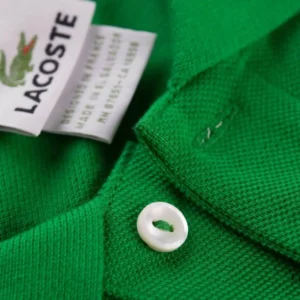

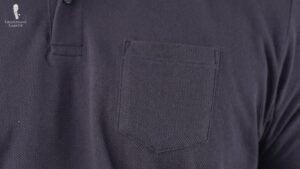
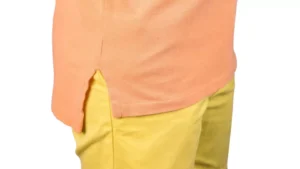
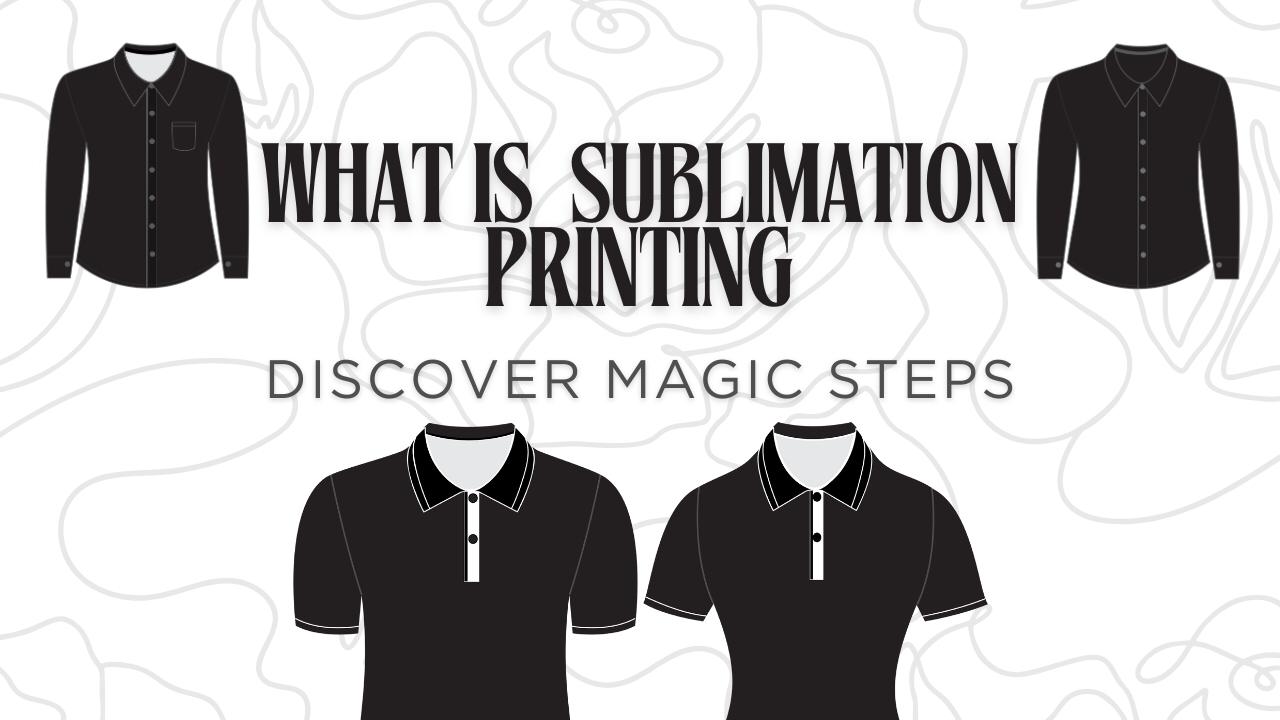
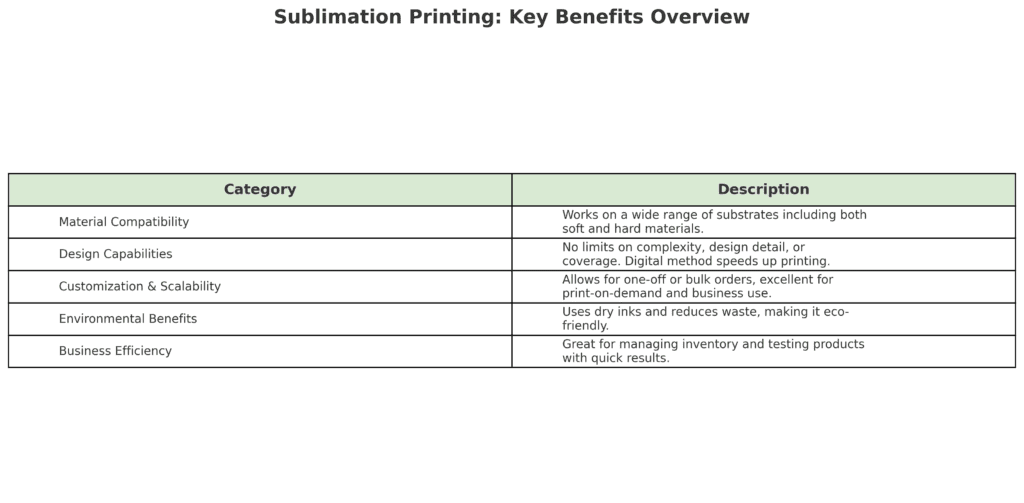
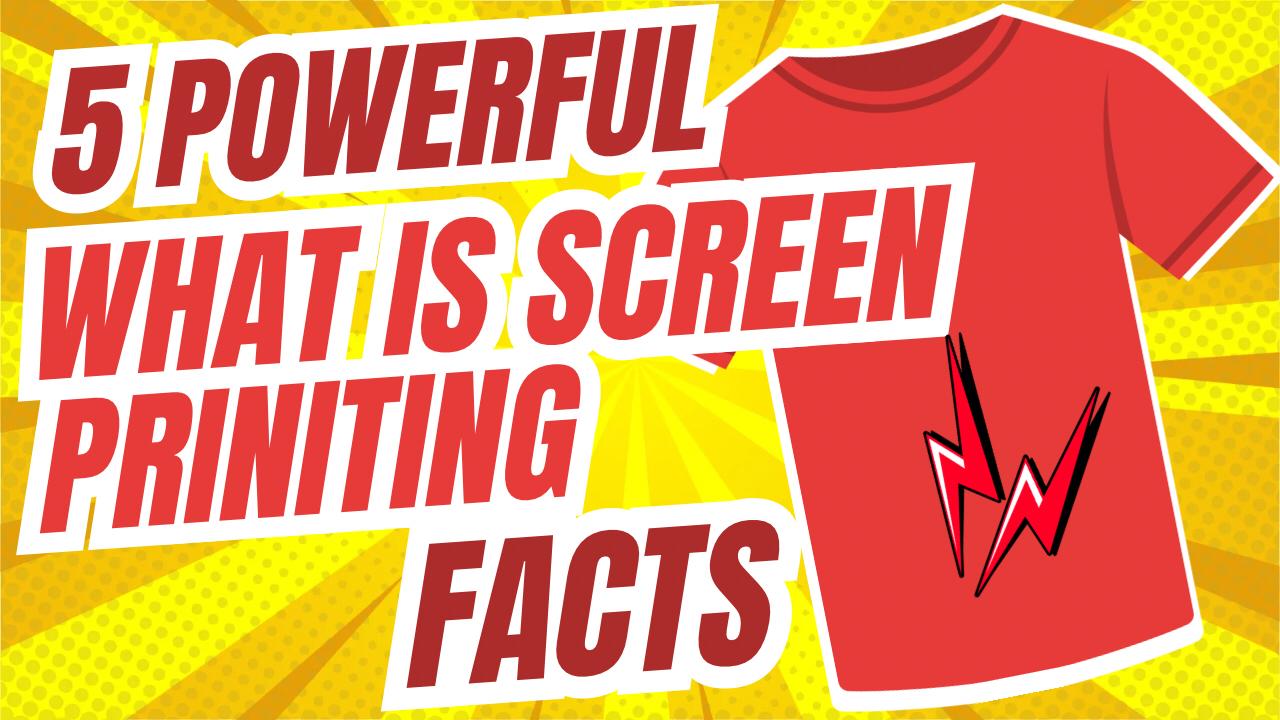
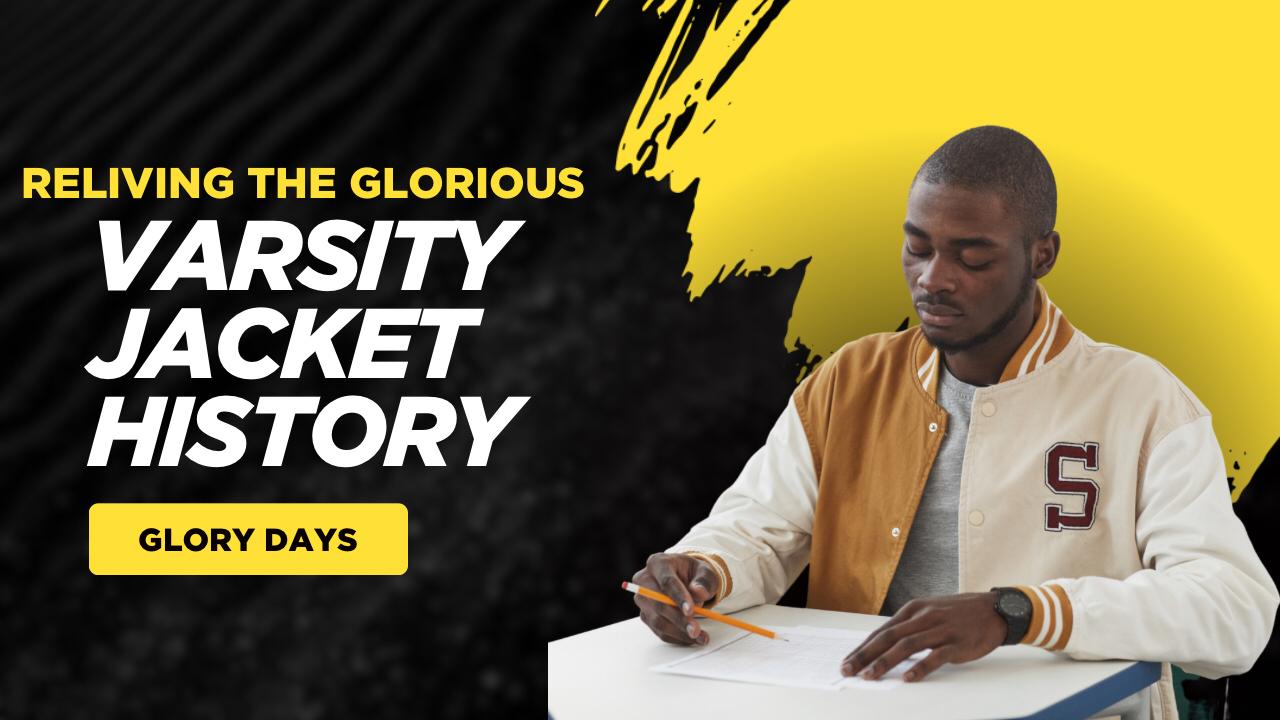
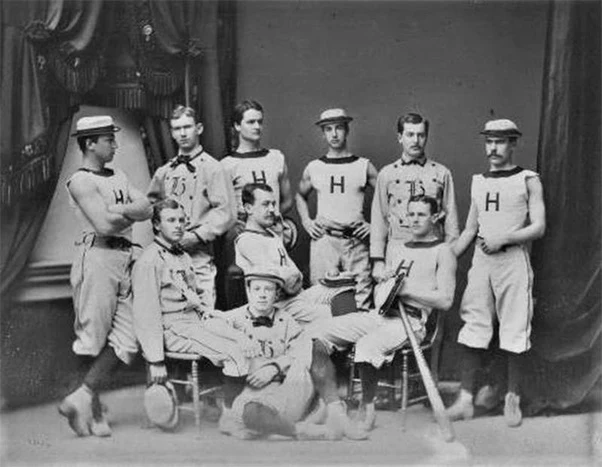 credits: lastwolf.us
credits: lastwolf.us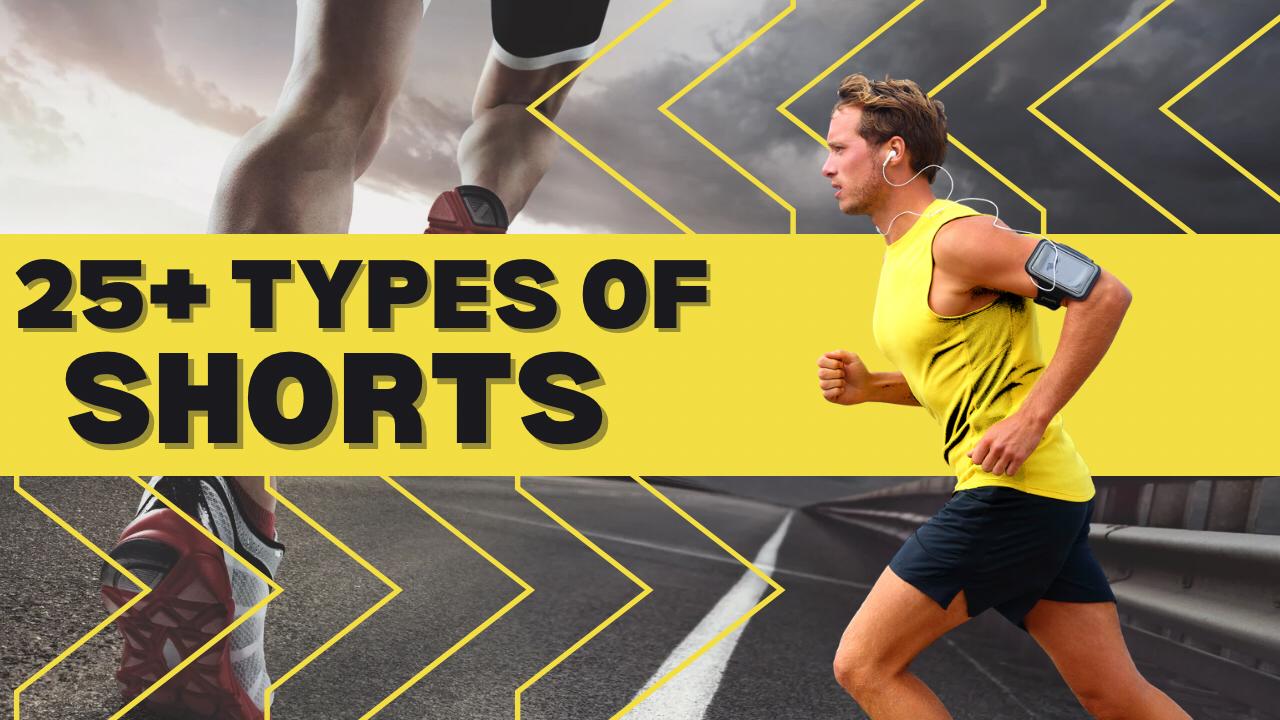
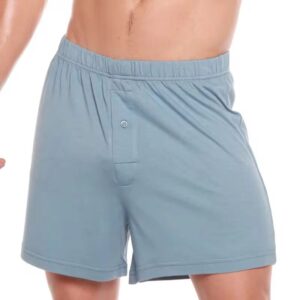
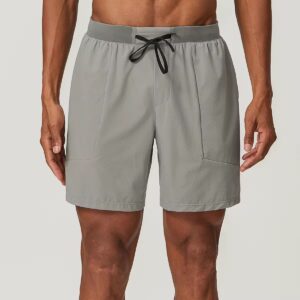
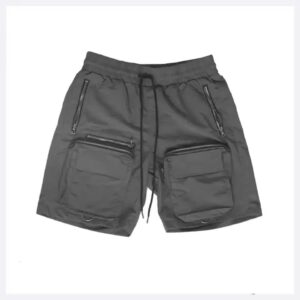


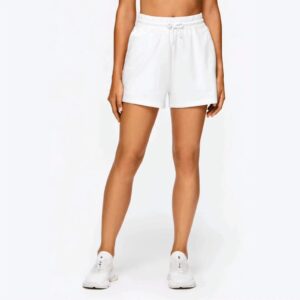
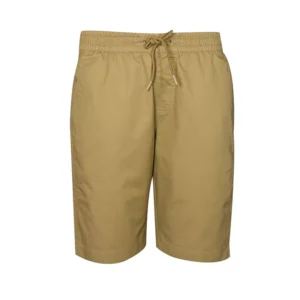
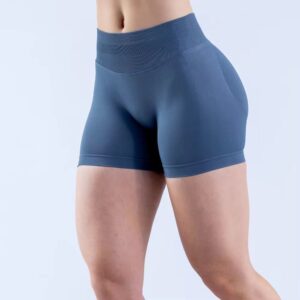

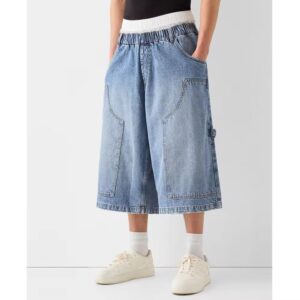

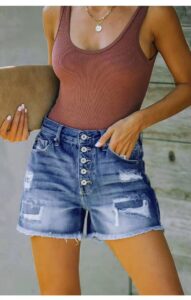
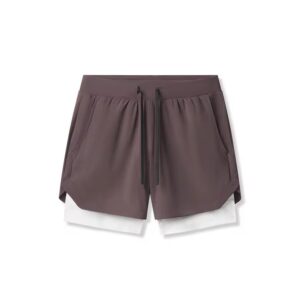
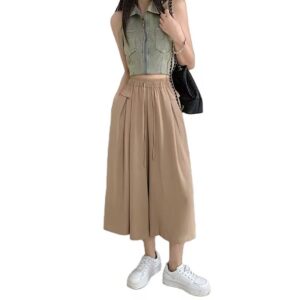
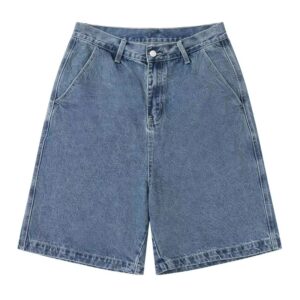
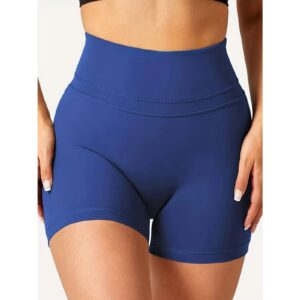
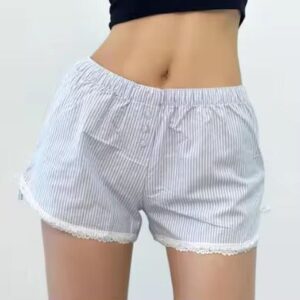
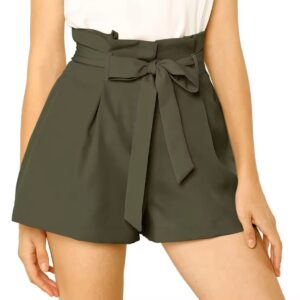
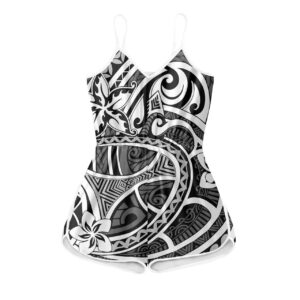





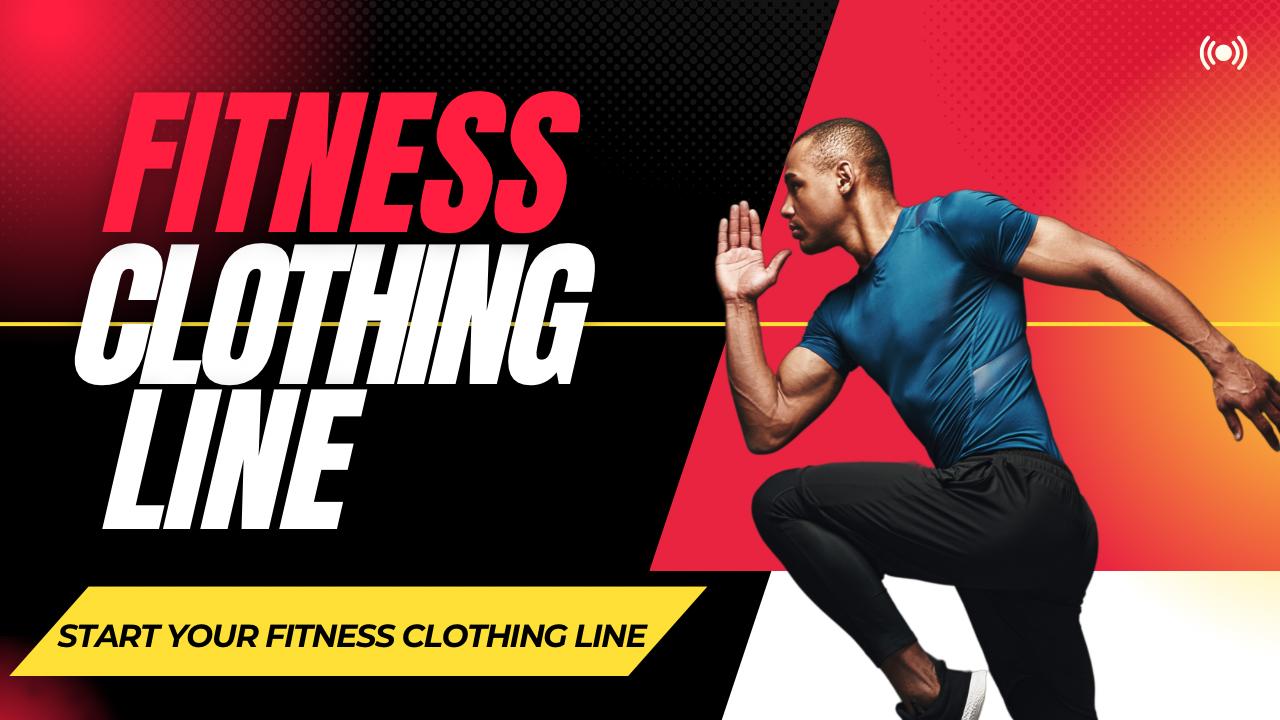


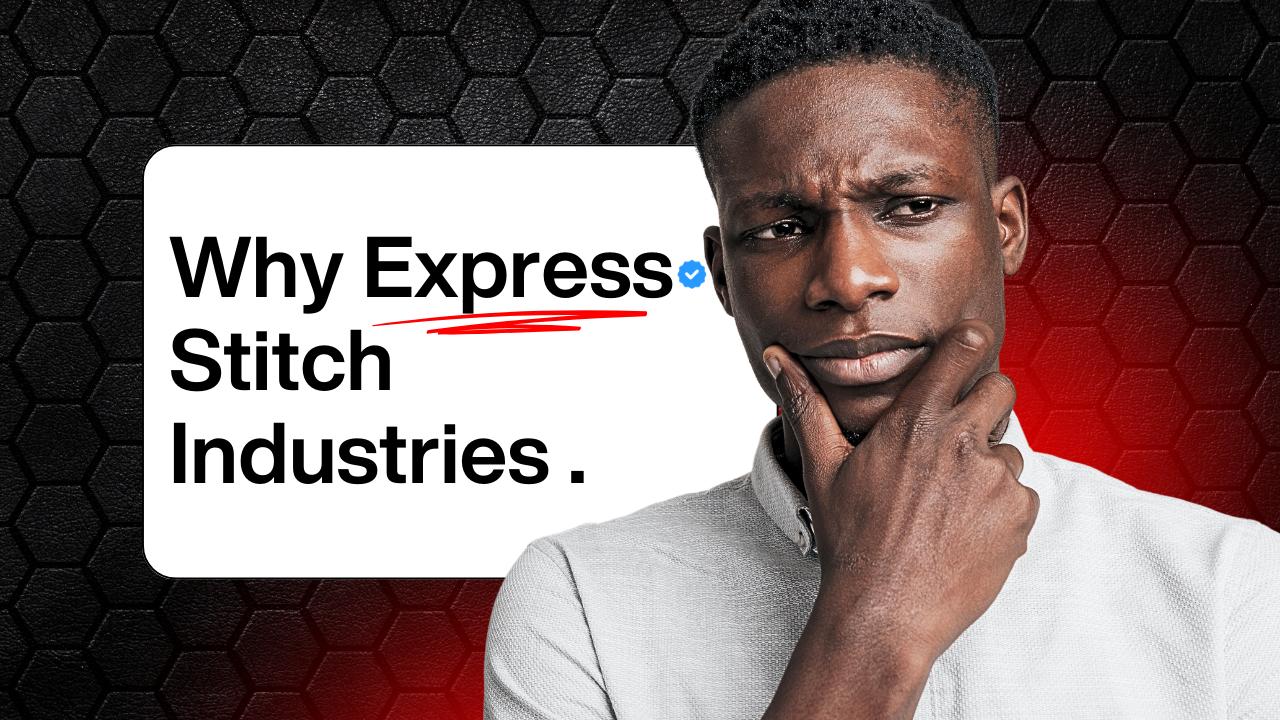 They truly specialize in a wide range of categories, including
They truly specialize in a wide range of categories, including